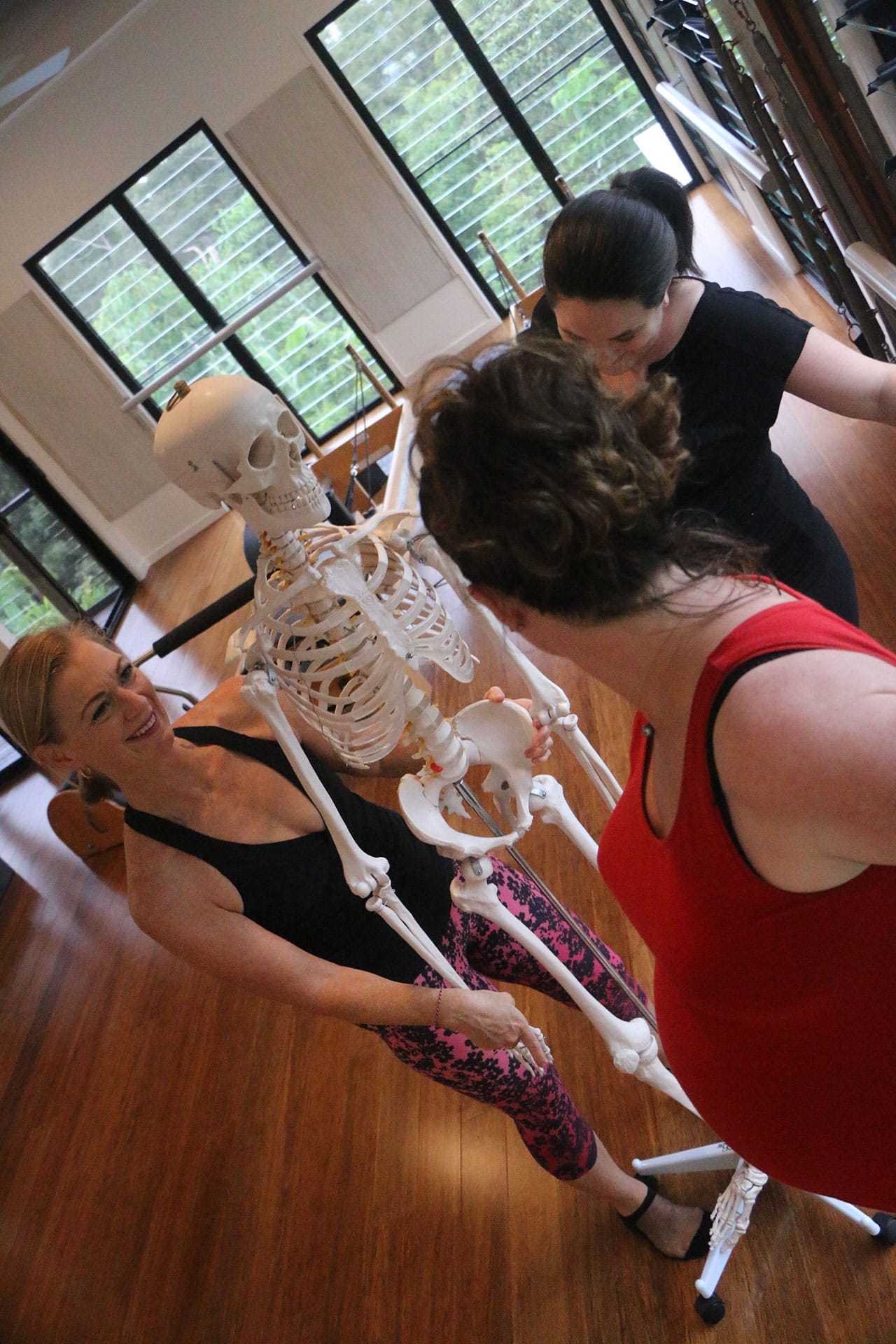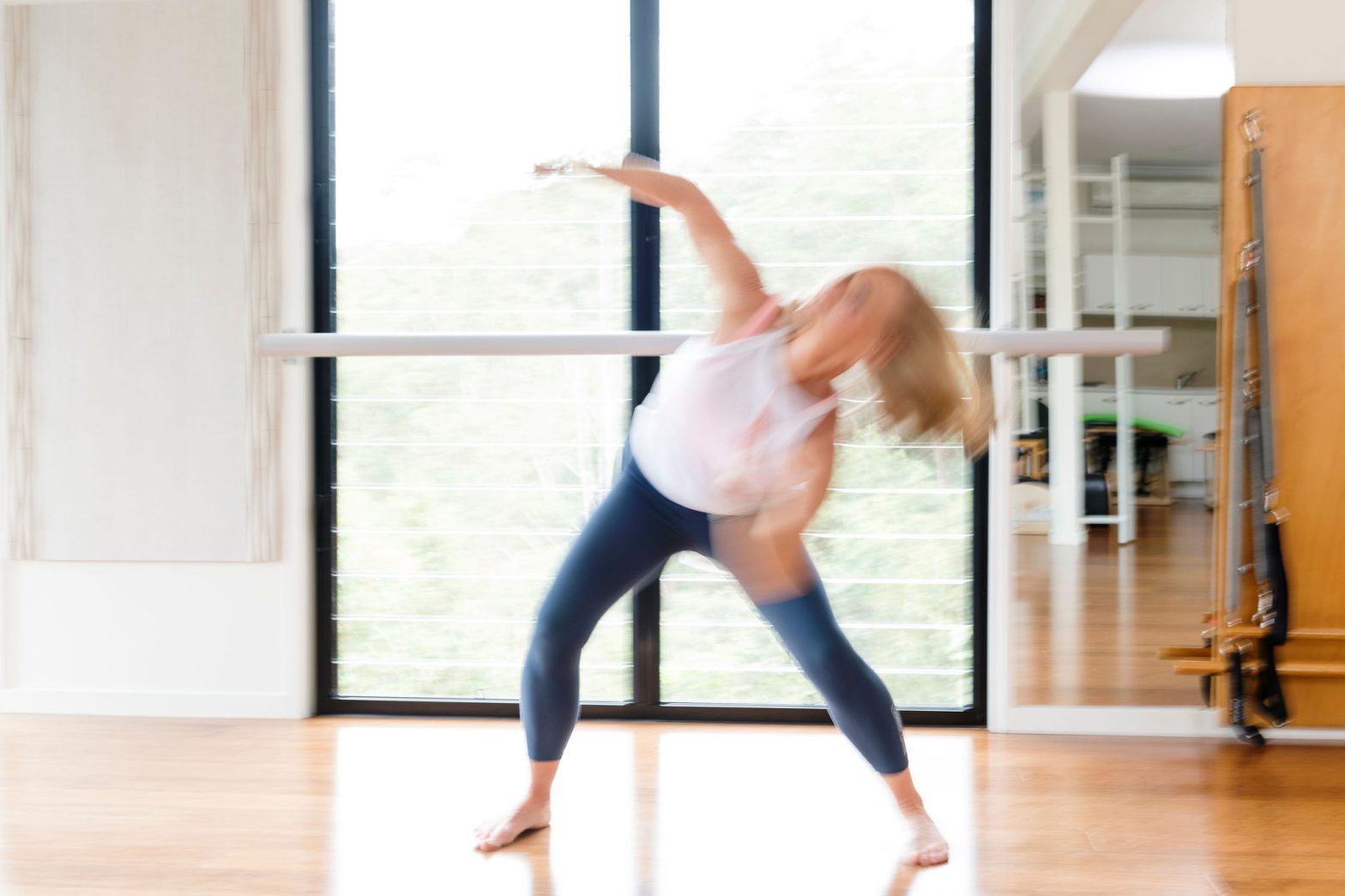
How long does it take to become a Pilates Instructor?
Posted on June 19, 2019 by adminThe length of time needed to become a Pilates instructor is extremely varied, and to get properly qualified with a Government Accredited Qualification it can take anywhere from six months to two years. Many of the Pilates teacher training courses are ‘Competency-Based’ – meaning you need to develop the Competencies and skill throughout the training program. Therefore, the more time you have to dedicate to your Pilates study the faster you will be able to get through it. Most Pilates training programs are flexible, and easy to interweave even into the busiest of lifestyles. We find that many students do an hour here and an hour there gradually completing the required assessment tasks when they have a spare moment.
One aspect to consider when selecting the best Pilates Instructor training option for you is to think about what kind of Pilates Instructor you are looking to become. Because Pilates is an extremely varied practice that boasts many branches and specializations, the time needed to complete a course varies dramatically between the amount of on-site/face to face learning, the reading work and online aspects and lastly the practical hours themselves. As many clients and students know, the caliber of instructors varies greatly based upon the level of training received and the amount of time that the individual students put in to their learning journey.
As an example, a Government Accredited qualification in Pilates Group Reformer may take only a few days of face to face contact, and the remaining Assessment Tasks and Practical teaching hours might take a month or two to complete. A non-accredited ‘fitness based group reformer’ program that is not Government Accredited may appear to be quicker- perhaps only including a short DVD to watch and limited (if any) face to face contact and no Assessments. This sort of ‘program’ doesn’t necessarily pull much weight within the Pilates industry and can often limit the employment opportunities to precisely that – group reformer at the venue that delivered the program. If this is all you are looking for in a Pilates certification and it fits into your time and financial parameters, though, it can be an entry point into learning and give a new practitioner an idea of what the vocation is like. If such an ‘un-Accredited’ program is done by a student, they are more than welcome to apply for Recognition of Prior Learning (RPL) afterwards and an RTO can offer some recognition of this program – counting it towards a more advanced qualification further down the line should you so desire.
A Certificate IV in Pilates generally covers matwork and probably also includes Units of Competency on small apparatus such as roller, magic circle and bands, depending on the course itself. If you want to more thoroughly investigate the course and the included Units of Competency that it includes, visit ….www.training.gov.au and search for the Course(s) you wish to explore in greater detail.
A Qualification at the Certificate IV level should take between six months to a year to complete, however once you have finished the exams and bookwork, the clinical and personal practice hours are available to be completed at your discretion before the qualification is issued, and there lies the real crux of why some courses take longer than others- completing the practical hours required. Many professional associations and even some employers have a minimum requirement for the amount of practical hours include within the qualifying course, so it does pay to read the all the details about a Course or Qualification before deciding if it is right for you.
A Qualification at the Diploma level is the more intensive in both content and time required to complete the coursework and associated hours. This can be the most time consuming option available, barring postgraduate qualifications which are also available in Pilates and other disciplines like Exercise Science.
The Qualification at the Diploma level is will be the more content rich than a Certificate IV, and will subsequently provide a more diverse range of business and employment opportunities once completed. To be eligible for a Diploma level Qualification in Pilates you generally must already have completed Certificate IV in Pilates or have an equivalent level of experience and knowledge. Bear in mind that it may be possible to join a Diploma program by applying for Recognition of Prior Learning (RPL) if you have done the equivalent of a Certificate IV in a related area such has; Fitness, Physiotherapy, Chiropractic, Exercise Science, Personal Training, etc. so it pays to ask the training organisation about this method of entry.
Some training providers may offer an Integrated Certificate IV and Diploma program for students wishing to enter the Pilates industry with little existing experience. This is often the best option as it enables all the study to be completed in one enrolment and generally provides a continuity of learning that delivers all the skills and knowledge to enter into any employment or business situation with confidence. Enrolling in an Integrated Certificate IV and Diploma program means that all the repertoire is fresh and the time to study has already been set aside in your life. An Integrated Diploma of Pilates is generally a twelve month course which again can vary depending on the amount of practical hours required and the amount of time that you are able to set aside to do Assessments, Practical hours and related tasks.
We find that most of our students are working part time or full time in other jobs, and therefore the face to face Pilates training is most commonly delivered on weekends to accommodate existing employment. Also most students choose to do their practical hours in Pilates studios, Allied Health facilities and Fitness centres during the early morning sessions as well as sessions that take place in the evenings. This makes it possible to both study and maintain a full time job or role in running a busy family life.
Latest Blog Post

The Benefits of Somatic Movement Therapy Training in Australia
Somatic Movement Therapy is a rapidly growing field that combines techniques from Dance Movement Therapy and Somatic Psychology with an understanding of how the body moves. Through experiential movement sessions and developmental awareness, Somatic Movement Therapy aims to help clients reconnect with their innate movement intelligence and gain insights into emotional and physical patterns. Training …
Continue reading “The Benefits of Somatic Movement Therapy Training in Australia”

A Guide For Pilates Instructors: 6 Indicators Your Client Understands An Exercise
Excellence in Pilates can commonly be defined as the art of understanding an exercise. As a dedicated Pilates trainer, one of your top priorities is ensuring that your clients grasp the essence of each exercise. While their enthusiasm and effort may be evident, gauging their understanding is crucial to maximise their progress and prevent potential …
Continue reading “A Guide For Pilates Instructors: 6 Indicators Your Client Understands An Exercise”

Certification Pathways for Pilates Instructors in Australia
If you have a passion for Pilates and are considering becoming a qualified instructor, it’s important to understand the various certification pathways available in Australia. As a government-accredited training provider, Tensegrity Training is well-positioned to guide you on your journey to becoming a professionally recognised Pilates teacher. There are generally two main qualifications that Pilates …
Continue reading “Certification Pathways for Pilates Instructors in Australia”

